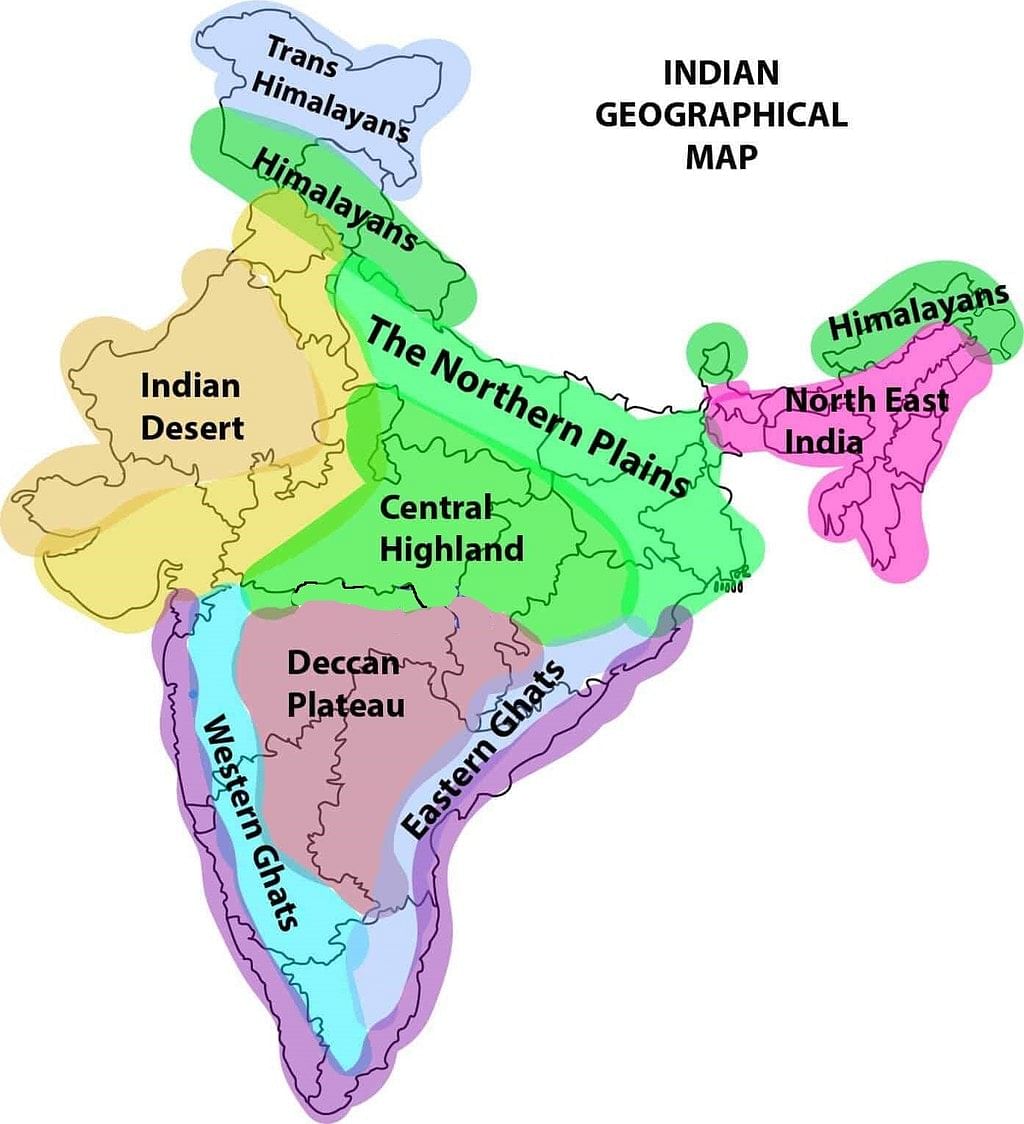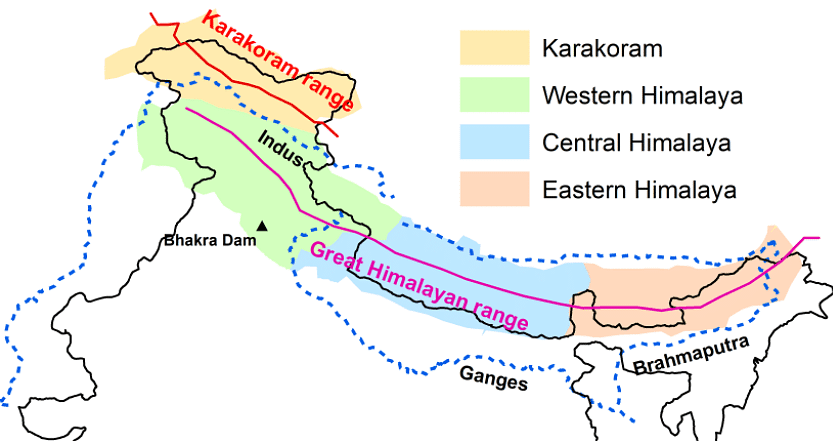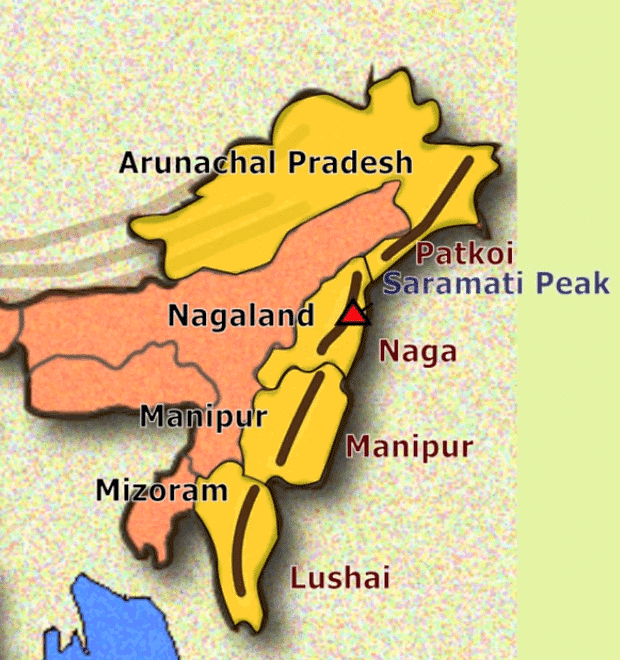Class 9 Geography Chapter 1 Question Answers - Contemporary India - I
Q1. Describe the Important features of the Peninsular Plateau.
Ans: The Peninsular Plateau of India lies to the south of the Northern Plains and extends up to the tip of the Indian peninsula. The Peninsular Plateau is a tableland with gently rising rounded hills and broad, shallow valleys.
The Peninsular Plateau of India is a triangular-shaped landmass, made of ancient igneous and metamorphic rocks. It has two main parts:
Central Highlands (north of the Narmada River) – includes the Malwa Plateau, Bundelkhand, Baghelkhand, and the Vindhya Range. It extends to the Chhota Nagpur Plateau. The Aravalli Hills, old and worn down, lie to the west and northwest.
Deccan Plateau (south of the Narmada River) – has a broad base in the north and narrows towards the south. It is formed from volcanic lava, mostly made of basalt rocks. The Satpura Range is to its north, while the Mahadev, Kaimur, and Maikal hills extend to the east. It is bordered by the Western Ghats (900-1600 meters high) and the Eastern Ghats (600 meters high). The plateau slopes from west to east. The black soil area here is called the Deccan Trap.
Q2. Write a note on the different parts of the Great Himalayan range.
Ans: The Himalayas are one of the highest and roughest mountain ranges in the world. They stretch from the Indus River in the west to the Brahmaputra River in the east, forming India’s northern border.
The Himalayan region has three main mountain ranges running parallel from west to east:
Greater or Inner Himalayas (Himadri):
- This is the northernmost and highest section, with an average height of 6000 meters.
- It is covered in snow and glaciers, containing the tallest peaks like Mount Everest (8848 m), Kanchenjunga (8598 m), and Nanga Parbat.
Lesser Himalayas (Himachal):
- Located south of Himadri, these rugged ranges have an average height of 3700-4500 meters.
- Important ranges include Pir Panjal and Dhaula Dhar, with valleys like Kashmir, Kangra, and Kullu.
Outer Himalayas (Shivaliks):
- The outermost and youngest range, with a height of 900-1100 meters.
- These ranges are made of loose sediments, with valleys called "duns" like Dehra Dun lying between them and the Lesser Himalayas.
Q3. Which part of the Himalayas is known as Purvanchal? Write a short note on the Purvanchal Himalayas. (Important)
Ans: The eastern hills and mountains of the Himalayas running along the eastern boundary of India are known as Purvanchal.

- They are located in the northeastern states of India. The river Brahmaputra marks the easternmost boundary of the Himalayas. Beyond the Dibang gorge, the Himalayas bend sharply to the south and spread along India’s eastern border. They are known as Purvanchal.
- They run mostly as parallel ranges with valleys in between. They are mostly composed of strong sandstone, a sedimentary rock. The Purvanchal are less spectacular than the Himalayas and are of medium height. The hills and ranges are covered with dense forests.
- Some important hills of the Purvanchal are:
(i) the Patkai Bum and Naga hills.
(ii) the Mizo hills and Manipur hills.
(iii) the Garo, Khasi and Jaintia hills along the Meghalaya-Bangladesh border.
(iv) the Dafla hills in the north.
|
52 videos|437 docs|80 tests
|
FAQs on Class 9 Geography Chapter 1 Question Answers - Contemporary India - I
| 1. भारत के भौतिक विशेषताओं में कौन-कौन से प्रमुख क्षेत्र शामिल हैं? |  |
| 2. भारत के पहाड़ी क्षेत्रों का क्या महत्व है? |  |
| 3. दक्कन पठार की भौतिक संरचना कैसे है? |  |
| 4. भारत के तटीय क्षेत्रों की विशेषताएँ क्या हैं? |  |
| 5. थार रेगिस्तान की भौगोलिक स्थिति और विशेषताएँ क्या हैं? |  |

|
Explore Courses for Class 9 exam
|

|


















